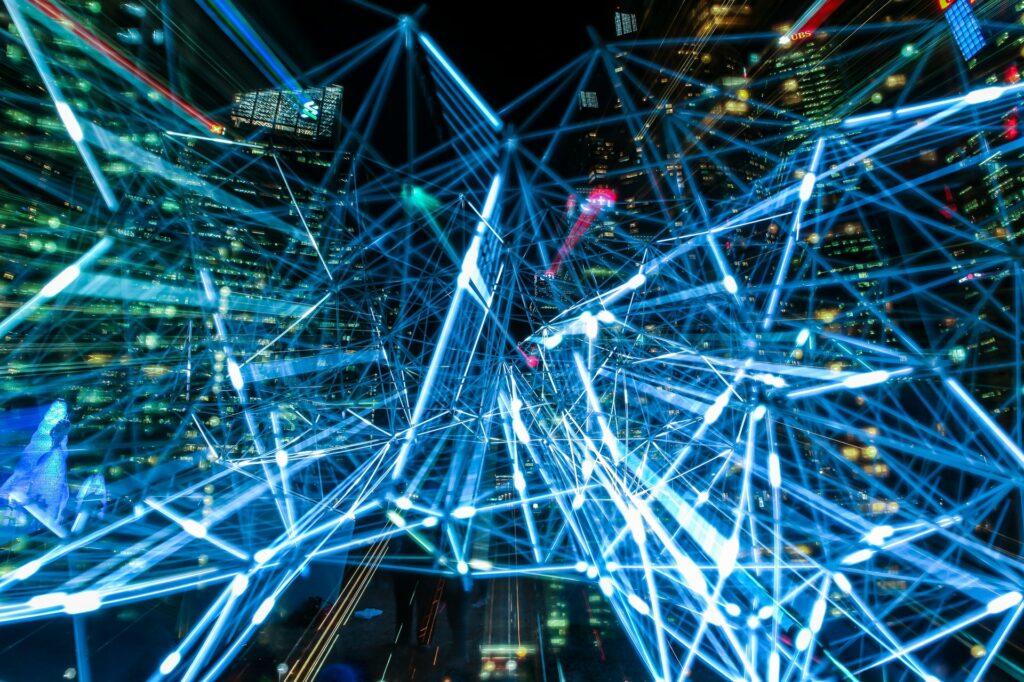The Science and Art of Segmentation: How to Identify and Retain your Most Valuable Customers

By Daniel Cantorna, Vice President, Data, Insight and Technology, Asia Pacific at Collinson
Expedited by the pandemic, consumers’ online behaviours and expectations have dramatically changed. Highly sophisticated consumers now demand frictionless online experiences, personalised to their daily lives. Increasingly, they expect brands to know what they need next—before they even know themselves.
The challenge for modern businesses is how to achieve this level of personalisation at scale. Despite the shift to online during the pandemic, consumers continue to respond more favourably to authentic, relevant, and emotive interactions—which requires a meeting of two minds: science (data and technology) and art (human expertise).
With 80% of customers agreeing that the experience a company provides is as important as its products or services1, market-leading organisations who enhance their data experts’ skills with AI-powered technology to create more personalised, authentic and emotional bonds with customers are gaining a competitive edge.
Science and Art working together
Identifying and retaining your most valuable customers is more easily achievable when the science and art of segmentation work hand-in-hand. As when working together, valuable customer groups (and those who aren’t) are identified; enabling more effective marketing and loyalty spend.
The first step is to apply the science. Once all disparate client data sources have been brought together, machine learning algorithms are in turn applied in order to analyse the gathered customer data and identify patterns and trends in behaviours between customers—grouping them by similarities that are not able to be identified by using standard analytics tools.
It’s then time to apply the ‘art’—or human element—as while the machine learning algorithms (or ‘science’) can analyse millions of data sources to identify common habits unseen by the human eye, strategists and analysts are required to determine the relevance and usage of the insights gleaned.
By reviewing the resulting findings, data experts will determine the optimal number of segments the client organisation should focus on, and in turn help order those segments by the extent to which they support defined business objectives. Where further value can be gleaned, data experts will iterate the machine learning model to evaluate super high value micro-segments or specific behaviours with the aim of further evolving a client’s strategy.
Drive retention and loyalty
This focus on continual evolution and improvement is key when looking to retain your most valuable customers. Once you have identified a relevant set of customer groups, this is not the end of the process. Timely, relevant interactions need to be provided to your most valuable customer groups in order to obtain—and most importantly, retain and grow—their loyalty and engagement.
While it is possible to use data science to identify and generate product recommendations based on large scale customer interactions, the art is in creating compelling, personalised content and messaging to communicate these identified offerings to your customers. By showing that you understand and care about your individual customers’ unique interests and needs, a deeper emotional bond between brand and buyer is established; in turn ensuring they continue to choose your organisation long into the future.






Responses